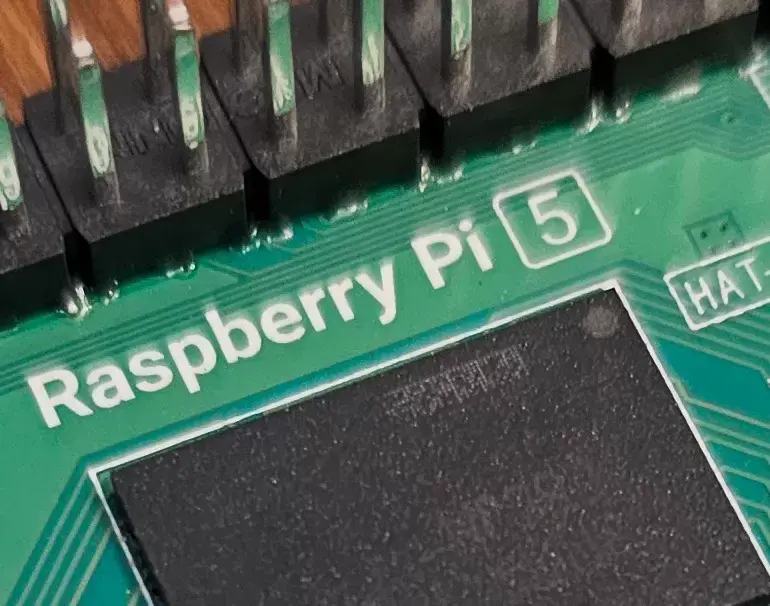- cross-posted to:
- [email protected]
- cross-posted to:
- [email protected]
Four years after the Raspberry Pi 4 shipped, today the Raspberry Pi 5 is launching with a much improved SoC leading to significant performance gains.
The Raspberry Pi 5 is designed to deliver a 2~3x performance improvement over the Raspberry Pi 4. The Raspberry Pi 5 features a quad-core Cortex-A76 processor that clocks up to 2.4GHz, compared to the four Cortex-A72 cores found in the Raspberry Pi 4 that only clocked up to 1.8GHz. The graphics are also much-improved with now having an 800MHz VideoCore VII graphics processor over the VideoCore VI graphics with the Raspberry Pi 4. The Raspberry Pi 5 is capable of driving two 4K @ 60Hz displays and features 4K @ 60 HEVC decode hardware capabilities.
Also interesting with the Raspberry Pi 5 is that it features in-house silicon in the form of the RP1 “southbridge” used for much of the board’s I/O capabilities. This southbridge should yield faster USB I/O along with other I/O bandwidth upgrades like a doubling of the peak SD card performance. The Raspberry Pi 5 also features a single-lane PCI Express 2.0 interface for improved connectivity.



I run Jellyfin on a RPi 4. It works for me, but only because I use codecs (h264/265 for video, AAC for audio) that are definitely supported on my players (NVidia Shield TV and android phones). This leads to Jellyfin not touching the files and just providing them to the player. As soon as any codec doesn’t fit my client (for example OPUS audio) Jellyfin starts re-encoding the audio and remuxing the stream and the stream just fails.
So yes: RPi4 is generally not able to run Jellyfin unless you have a very specific setup.